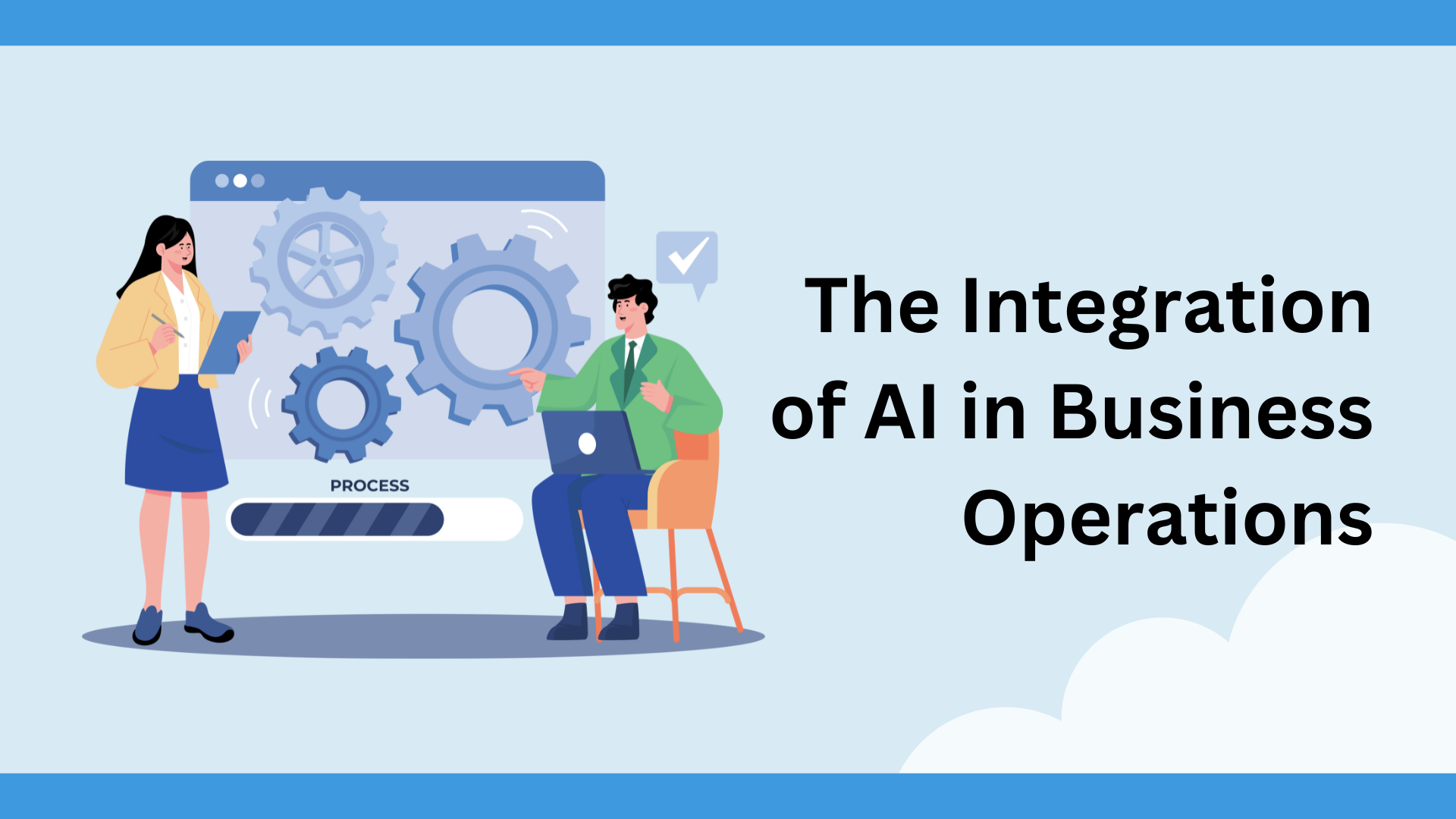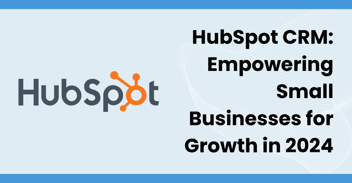Ever look at your to-do lists—piled high with repetitive tasks and endless data checks—and wonder if, somehow, there might be a light at the end of the tunnel of monotonous tasks? You’re not alone. From streamlining daily workflows to forecasting next quarter’s trends, artificial intelligence can tackle the busywork that bogs down entire teams.
But AI isn’t just a toy for Silicon Valley giants; it’s fast becoming an approachable tool for everyday companies that want to cut costs, make life easier, and spark inspiration. Below, we’ll dive into AI in Business Operations, explore practical steps for Implementing AI in Companies, and outline AI Integration Strategies that can actually work in real-world scenarios.
AI in Business Operations: The Game-Changer
AI can be the ultimate sidekick—one that never gets bored, never calls in sick, and just might outsmart the usual data-crunching intern. It can be great for brainstorming and useful for bouncing ideas off of, but AI also has incredible uses as a labour machine.
Whether it’s automating customer service inquiries or managing supply chain logistics, AI-driven solutions free up human talent to tackle complex, strategic work. And we’re not just talking about analytics departments. Marketing, HR, finance—every corner of your company can reap the benefits of well-placed AI tools.
Why It Matters: If you’re spending resources on tedious tasks, you’re burning money. Letting AI handle the grunt work means your staff focuses on higher-value responsibilities, from creative problem-solving to customer relationship-building.
Implementing AI in Companies: Laying the Groundwork
Rolling out AI isn’t as simple as downloading an app. You’ll need a structured approach to ensure the technology meshes with your existing processes—and that your team actually wants to use it.
Identify Key Pain Points
Pinpoint where inefficiencies or bottlenecks routinely appear. Is it your sales forecasting process? Inventory management? Customer support ticketing? Start small by tackling the areas with the most immediate payoff.
Set Clear Goals
Before you invest in data science talent or sign off on new software, define what “success” looks like for you in the first place. Are you aiming to cut operating costs by 15%? Reduce shipping errors by 20%? Crisp goals prevent scope creep and keep everyone focused.
Build or Upskill Your Team
AI thrives on data, so you need people who can maintain and interpret it. That might mean hiring data engineers, training existing employees, or outsourcing to specialized partners. Don’t underestimate the learning curve—give staff time to adapt.
Handle the Culture Shift
Employees sometimes worry AI will “take jobs” or complicate daily routines. And, truth be told, sometimes AI will take jobs. It’s an inevitable reality of transformative technology. Tackle that head-on by communicating the benefits. Show how AI complements valuable human expertise.
Let’s be honest, AI can seem scary. But it’s more like a helpful robot assistant than a sci-fi villain waiting to overthrow the boardroom.
AI Integration Strategies: Making It Work
You’ve identified the pain points and laid the groundwork. Now, let’s talk about weaving AI into the fabric of your organization—without creating chaos.
Phased Rollouts: Implement AI tools in stages, refining them as you go. A phased approach ensures that any hiccups are manageable and that each division of your company can onboard effectively.
Pilot Projects: Test new AI applications on a small scale before unleashing them across the entire business. Gather feedback from employees, measure ROI, and fine-tune the system.
Cross-Department Collaboration: AI’s true power emerges when data flows freely between departments. Encourage your marketing team to share insights with sales, or let HR analytics inform your management strategies. The more synergy, the better the results.
Ongoing Maintenance & Scalability: Models need updates, new data pipelines require monitoring, and user feedback should guide iterative improvements. Think of it as a living system that evolves with your business needs.
Final Thoughts
Integrating AI into business operations isn’t just about telling your newsletter subscribers about your shiny new tech. It’s an evolution—a chance to offload mundane tasks, glean actionable insights, and give your human talent the breathing room they need if they’re going to innovate. If you approach it with clear goals, careful planning, and a willingness to experiment, AI can become the workhorse that transforms your operations entirely.
At the end of the day, AI is no magic potion. If your failing company drinks it, there’s no guarantee it’ll survive the changes. But for companies ready to push beyond the status quo, implementing AI in a measured, strategic way often leads to huge cost savings, improved processes, and a future-proof foundation. Because let’s face it—nobody wants to be the last business on the block still doing manual data entry while the rest of the market is evolving at speeds that would make Darwin jealous.





Leave a Comment